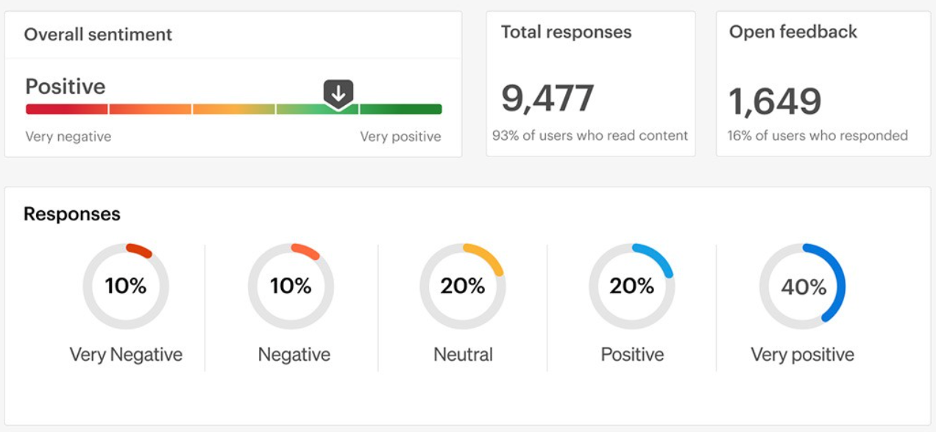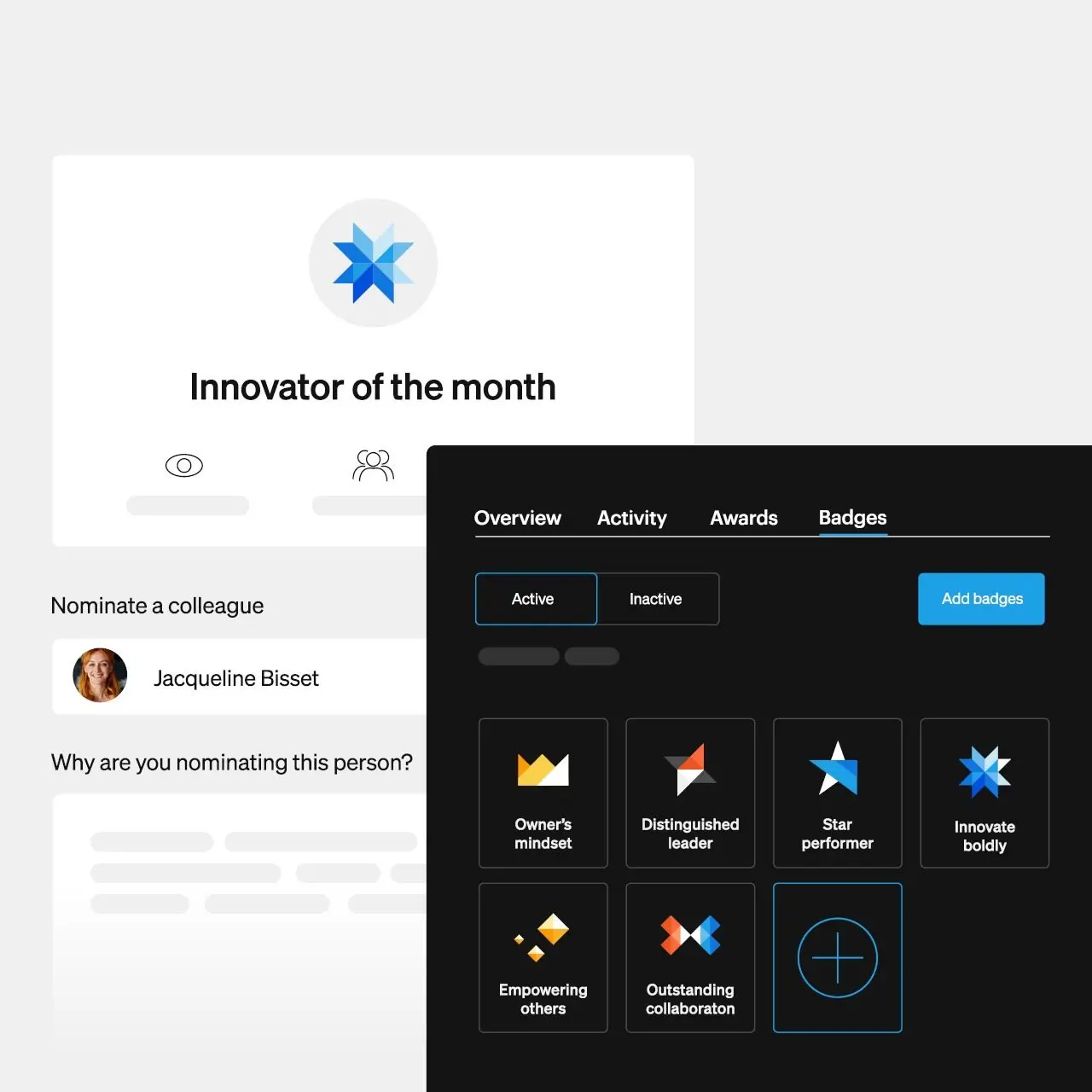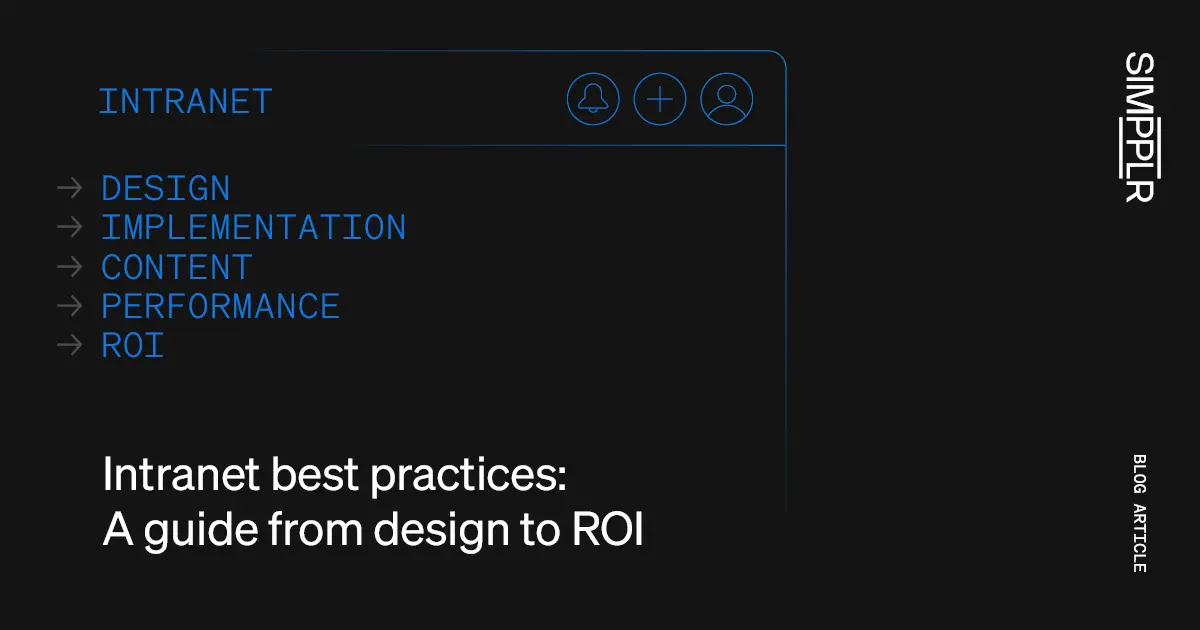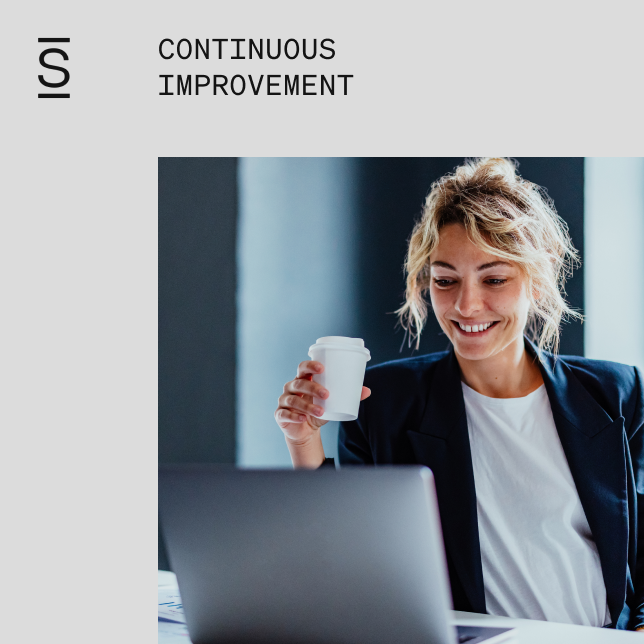Continuous improvement defined
Continuous improvement is a perpetual process of enhancing products, services, or processes through small, ongoing changes that, over time, result in significant enhancements that benefit the organization, its employees, and its customers.
What Is Continuous Improvement?
The concept of continuous improvement, often associated with the Japanese term “Kaizen”, involves every employee from the upper management to the front-line workers. It encourages a culture where workers at all levels are looking for ways to improve their performance. It is key to remember that this is the big idea behind continuous improvement is that there is always room for improvement. By looking for ways to cut down on redundancies, empower employees, and bolster productivity, the company’s overall performance will improve significantly.
There are three main areas of focus in the continuous improvement process per process improvement consultant Brian Ragone:
- Improve tools & materials
- Improve people & relationships
- Improve the work environment
- By eliminating redundancies, removing barriers to communication, and fostering greater collaboration, workplaces can become more efficient and more friendly to their employees.
At Simpplr, we believe that when work is good, life is better. And we have made it our mission to transform the work experience for billions of people across the world. This page goes over specifically how you can utilize the continuous improvement process to drive employee engagement and improve your organizations employee experience.
With Simpplr’s employee intranet at your organization’s disposal, you will find that bringing your employees together and fostering a collective goal of continuous improvement will be easier, more straightforward, and will bring more widespread benefits to your organization. Moreover, your intranet isn’t immune to continuous improvement benefits either. Teams often discover that the benefits of an intranet accumulate over time. Value grows as more people use it, new features are introduced, and companies learn to maximize its use.

Overview of the Continuous Improvement Process
The continuous improvement process is a cyclic process that consists of four main stages: plan, do, check, and act (PDCA). This cycle emphasizes the idea that improvement activities can be planned, implemented, measured, and then adjusted based on the feedback or results obtained.
This section delves into each of the four stages and how they contribute to fostering an environment of continuous improvement within an organization, and connecting to how you can implement them in your continuous improvement process toward higher employee engagement and experience.
Plan
In the ‘Plan’ stage, the focus is on identifying areas for improvement and developing strategies to tackle them. This involves gathering data, analyzing processes, and pinpointing issues or bottlenecks that hinder employee performance. Organizations might employ various tools and techniques such as surveys, value stream mapping and SWOT analysis to benchmark a comprehensive understanding of their current operations and the challenges they face. Setting clear, measurable goals is crucial at this stage to guide the improvement efforts.
Note that gathering data and insights into employee engagement may be tricky if your organization lacks an intranet or is built on an old-school SharePoint setup that IT has to manage. Conversely, Simpplr’s modern intranet provides robust analytics to surface real-time employee sentiment, feedback, and behavioral signals to enable action. Administrators can also easily view and understand how employees and departments engage with your content, what’s gathering dust, and what content is demanded but does not yet exist.

Once the areas of improvement are identified, the next step is to brainstorm and select the best solutions to address them. This involves considering the resources available, potential impact of taking action, and feasibility of the proposed changes. Developing a well-structured plan that outlines the actions to be taken, responsible individuals, timelines, and expected outcomes is essential for the success of the continuous improvement process.
Do
The ‘Do’ stage involves the implementation of the plan. This is where the proposed changes or improvements are tested on a small scale to minimize disruption and assess their effectiveness. During this phase, it is important to communicate clearly with all stakeholders involved to ensure they understand their roles and the objectives of the improvement initiative. A modern intranet can provide a space to communicate the plan of action for your organization’s employees to see, eliminating of communication barriers and resulting in the effective execution of continuous improvement plans.
Effective execution of the ‘Do’ stage requires careful monitoring of the process and documenting any challenges or deviations from the plan. This documentation is helpful for analyzing the results in the next stage of the continuous improvement cycle. By taking a methodical approach to implementation, you can ensure that the improvements are applied efficiently and are more likely to yield the desired results.
Check
The “Check” stage represents the start of the second half of the continuous improvement process. To simply implement a plan is not enough. Careful monitoring and examination of the plan’s results are required in order for any change to be approved and accepted not just by managers, but also by your employees. Consistently analyzing results of a change in the preliminary stage is essential before implementing the change around the company, as a change that doesn’t bring about good results is not worth further investment.

Thanks to Simpplr’s sentiment measurement and feedback tools, you can gauge your employees’ feelings and general response to new changes as they happen. As your employees react to changes, your organization will be able to track these sentiments and modify plans on an as needed basis.
Act
Finally, we reach the “Act” stage. Once a change has been determined as effective, it can be deployed around the organization. Now, it should be noted that just because the final stage has been reached doesn’t mean the other stages can now be ignored. It remains important to carefully and methodically implement the change across the organization, and checking must be constant. Employees will undoubtedly have opinions on any new change, and managers must be willing and able to listen to employee opinions in order to make further improvements. This ensures that employees and managers will be on the same page, and it will ensure that the overall goal of continuous improvement is achieved: to find new, effective ways to make your organization better.
Five Types of Continuous Improvement Methods
There are multiple other continuous improvement methods that have been adopted by organizations in different industries. Each serves certain sectors better than others:
- Lean
- Kanban
- Six Sigma
- Total Quality Management
- Agile Methodology
- This is a brief overview into each of them:
Lean
The Lean method was originally designed for the manufacturing industry. But other industries have adopted it as part of their continuous improvement goals. The method works by streamlining processes and eliminating redundant activities, which in turn improves efficiency.
Kanban
The Kanban method helps your organization visualize tasks and optimize workflow. By enabling employees to actively track projects that are either completed, in-progress, or on the back-burner, your organization can effectively determine what it needs to focus on in both the short- and long-term.
The overarching goal of the Kanban method is to break down work into smaller and more manageable tasks. Doing so can enable your organization to identify areas of inefficiency and redundancy, which in turn will allow for quicker fixes.
Six Sigma
The Six Sigma method is meant to help your organization identify defects in your processes and work to eliminate them. Ultimately, the overall goal of Six Sigma is near-perfection, or the elimination of almost all defects, inefficiencies, and redundancies in your processes.
Total Quality Management
Total Quality Management (TQM) is a method that focuses on ensuring that your products or services meet customer expectations. TQM is part of the foundation of continuous improvement, as it emphasizes the need to identify and address quality issues as they appear.
Agile Methodology
The Agile methodology is often used when managing software development projects. It is thus prevalent in the SaaS and tech industries—per McKinsey & Company, 54% of respondents in the high tech industry reported organizational-wide agile transformation, the highest of all other industries surveyed. Agile emphasizes rapid prototyping, recurring testing, and constant feedback from customers and other stakeholders. Its main goal is to help teams create high-quality products in a timely manner.
Implementing Continuous Improvement
Successful implementation of the continuous improvement process requires a systematic and disciplined approach. It starts with leadership commitment, where the top management demonstrates its dedication to the process by allocating resources, setting clear expectations, and leading by example. Moreover, training employees on the principles and techniques of continuous improvement is critical to ensure everyone is equipped with the knowledge needed to contribute effectively.
An important aspect of implementing continuous improvement is establishing a feedback loop. This allows for the constant flow of information from the implementation phase back to the planning stage, ensuring that lessons learned are integrated into future improvement efforts. Simpplr’s sentiment tools can make this process easier, as managers can provide real-time guidance to employees as these changes are made.
Sustaining Continuous Improvement
Sustaining continuous improvement over time is often the biggest challenge organizations face. It requires creating a culture that values and rewards continuous improvement efforts. Recognizing employees and celebrating small wins is crucial for maintaining momentum and keeping employees motivated. Additionally, integrating continuous improvement metrics into performance evaluations can help in reinforcing its importance and ensuring that it remains a focus for all employees.

Another key factor is the ongoing assessment of continuous improvement activities. Regular audits and reviews of the processes and outcomes help in understanding their effectiveness and provide insights into what adjustments are necessary. It’s also important for organizations to stay adaptive and be willing to adopt new methods or technologies that can enhance their continuous improvement efforts. In this dynamic business environment, flexibility and resilience are essential attributes for sustaining continuous improvement.
Continuous Improvement in Action: Real-World Examples
The continuous improvement examples in various industries, from manufacturing to services, underscore the versatility and effectiveness of this approach. Whether it’s streamlining operations, enhancing product quality, or improving customer service, the principles of continuous improvement can be adapted to suit the unique needs and challenges of any organization.
Continuous Improvement in Manufacturing
Many organizations across different sectors have successfully adopted the continuous improvement model, leading to substantial benefits. For instance, in the manufacturing sector, Toyota is renowned for its Toyota Production System, which emphasizes Kaizen, or continuous improvement, leading to higher efficiency and less waste.
Continuous Improvement in Healthcare
In the healthcare services sector, hospitals have implemented continuous improvement practices to enhance patient care and reduce waiting times. For example,a medical center applied the strategies of six sigma continuous improvement in its outpatient CT department, shortening the time needed for patient preparation and leading to a 45% rise in the volume of exams conducted without the need for additional machines or extended work hours.
Continuous Improvement in Tech
In the technology industry, companies continuously seek ways to improve their software development processes often through Agile, which embraces the principles of continuous evaluation and adaptation. In a survey by McKinsey & Company, they found that Agile users were 1.5x more likely than others to financial outperform their peers, and 1.7x more likely to outperform on non-financial measures
These continuous improvement examples illustrate the versatility of the concept and its applicability across diverse industries, from manufacturing to healthcare to technology.
Overcoming Challenges in Continuous Improvement
While the benefits of the continuous improvement process are clear, you might face challenges in its implementation. Resistance to change from employees, lack of clear communication, and insufficient resources can hinder the progress of improvement efforts. To overcome these obstacles, it’s essential to foster an inclusive environment where employees feel valued and part of the process. Effective communication strategies and adequate training are also crucial in overcoming resistance and ensuring a smooth transition.
Moreover, setting realistic expectations and being patient with the process is important. Continuous improvement is a long-term strategy, and significant results may take time to manifest. Rather than expecting immediate breakthroughs, focus on consistent and incremental progress and keeping momentum by celebrating small victories and learning from setbacks.
Continuous Improvement and Employee Engagement
Continuous improvement is a vital strategy for organizations looking to enhance everything from their products, services, and processes, ensuring they remain competitive in today’s dynamic business environment.
You can also utilize the continuous improvement process—plan, do, check, act—to implement changes that drive engagement and improve overall employee experience.
With Simpplr’s modern intranet, along with dedication and the right strategies, you can make continuous improvement a part of your internal comms DNA, driving long-term success and growth.


Watch a 5-minute demo
See how the Simpplr employee experience platform connects, engages and empowers your workforce.
- #1 Leader in the Gartner Magic Quadrant™
- 90%+ Employee adoption rate







